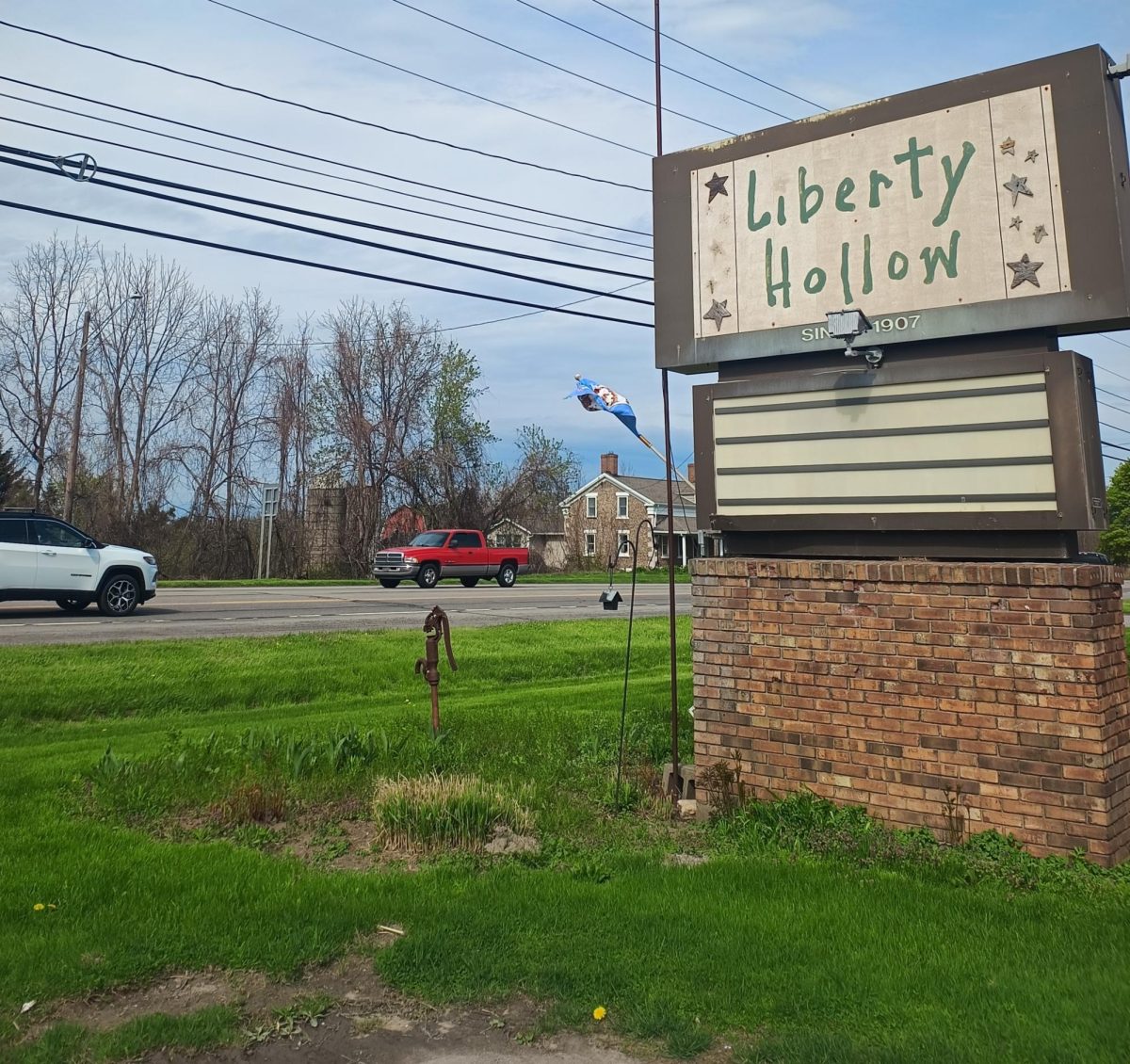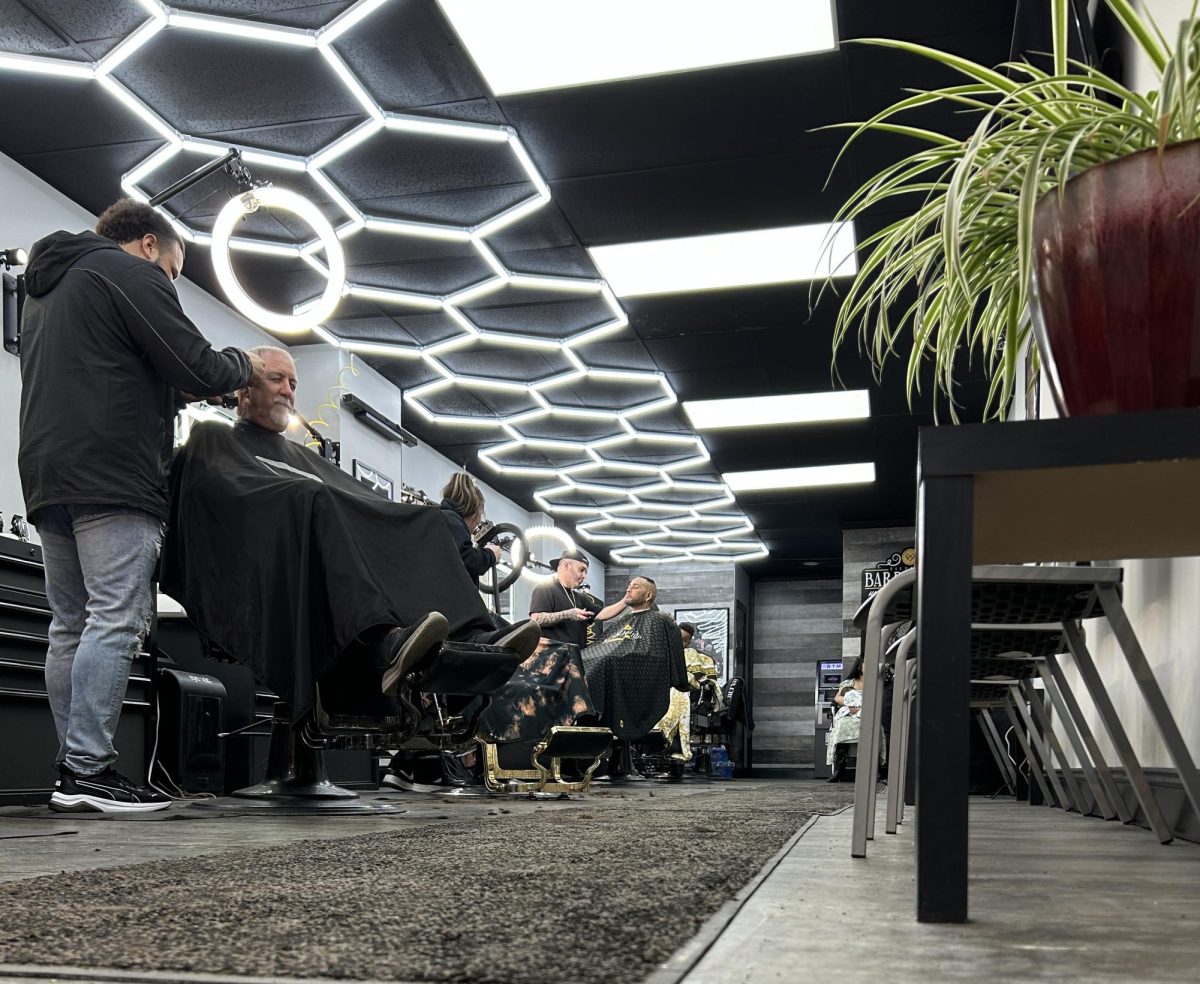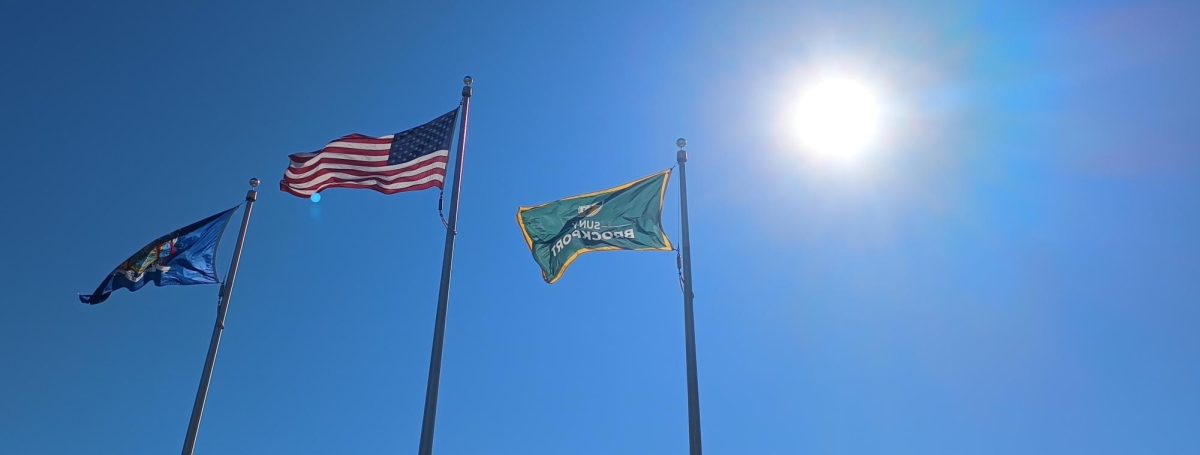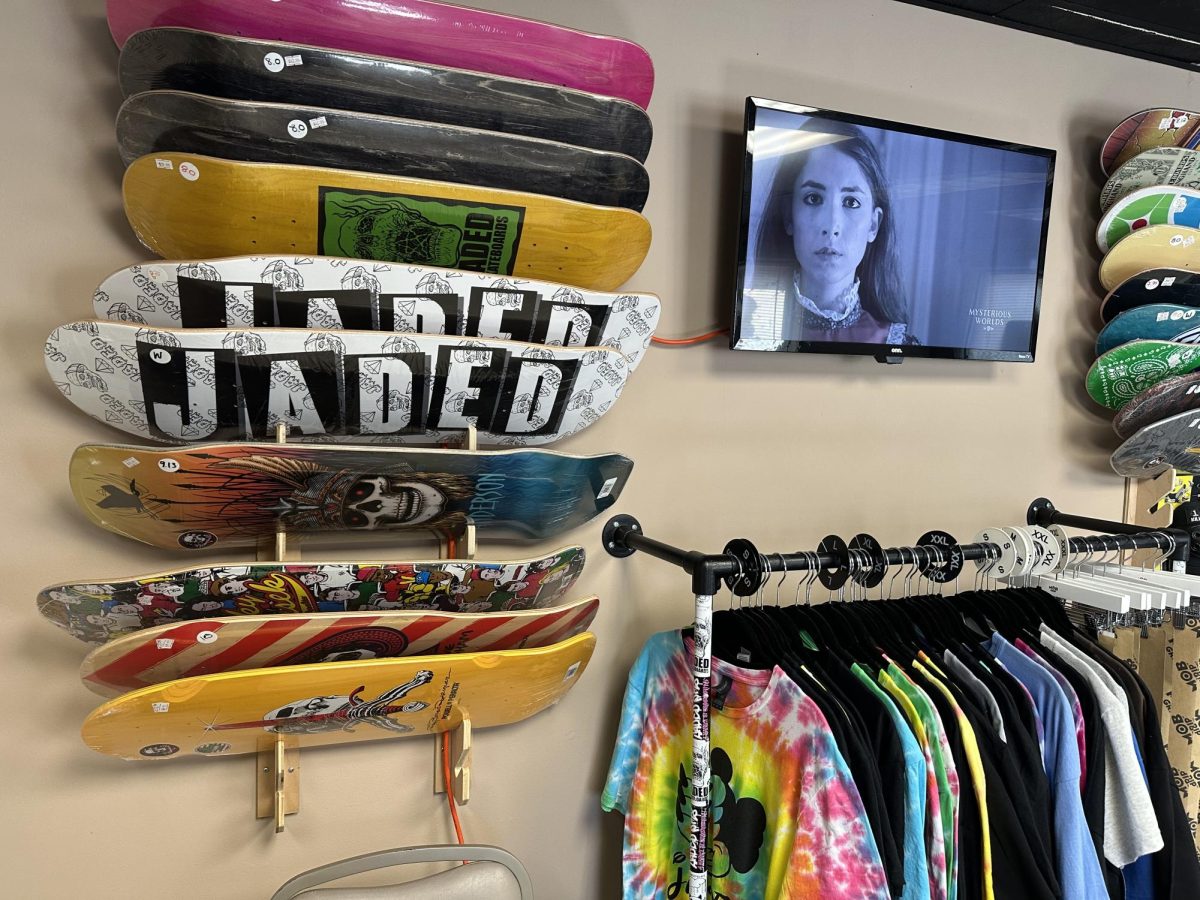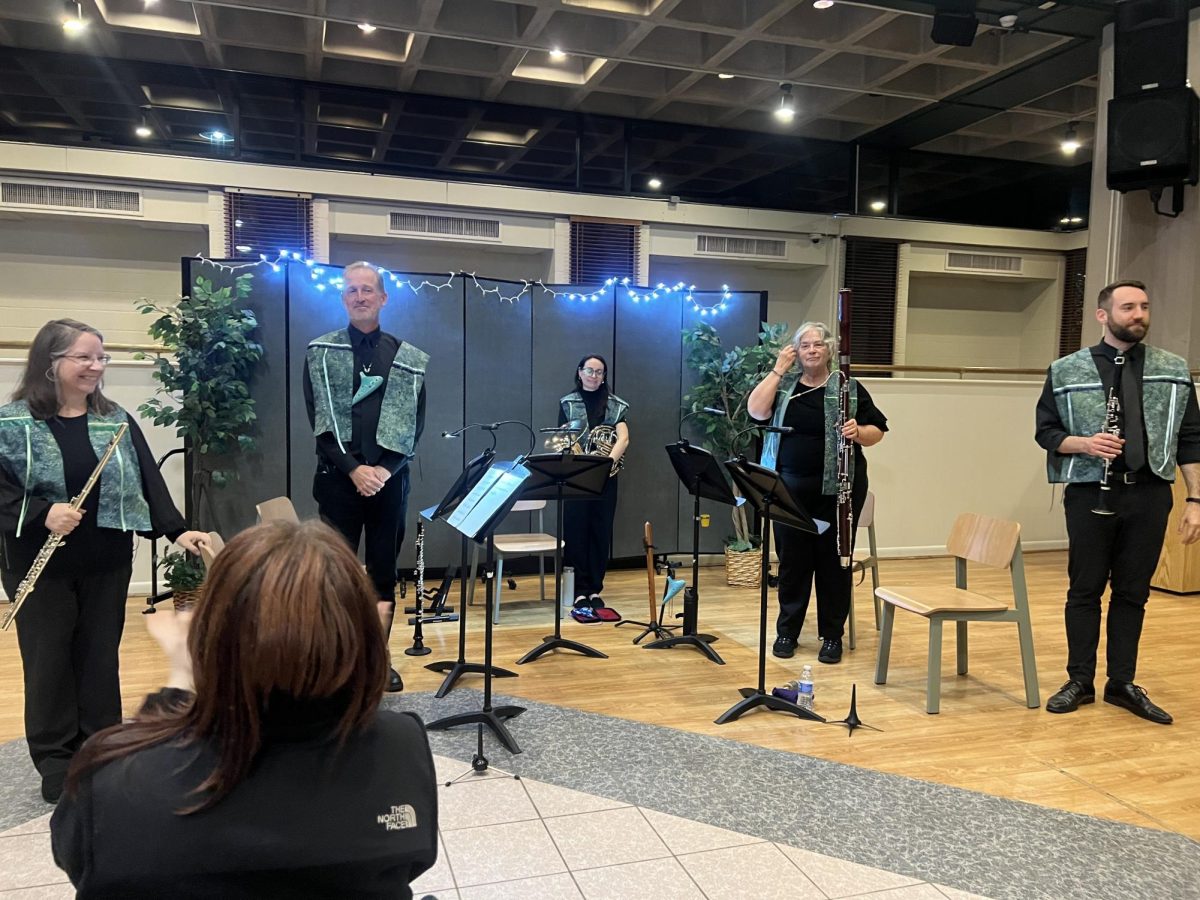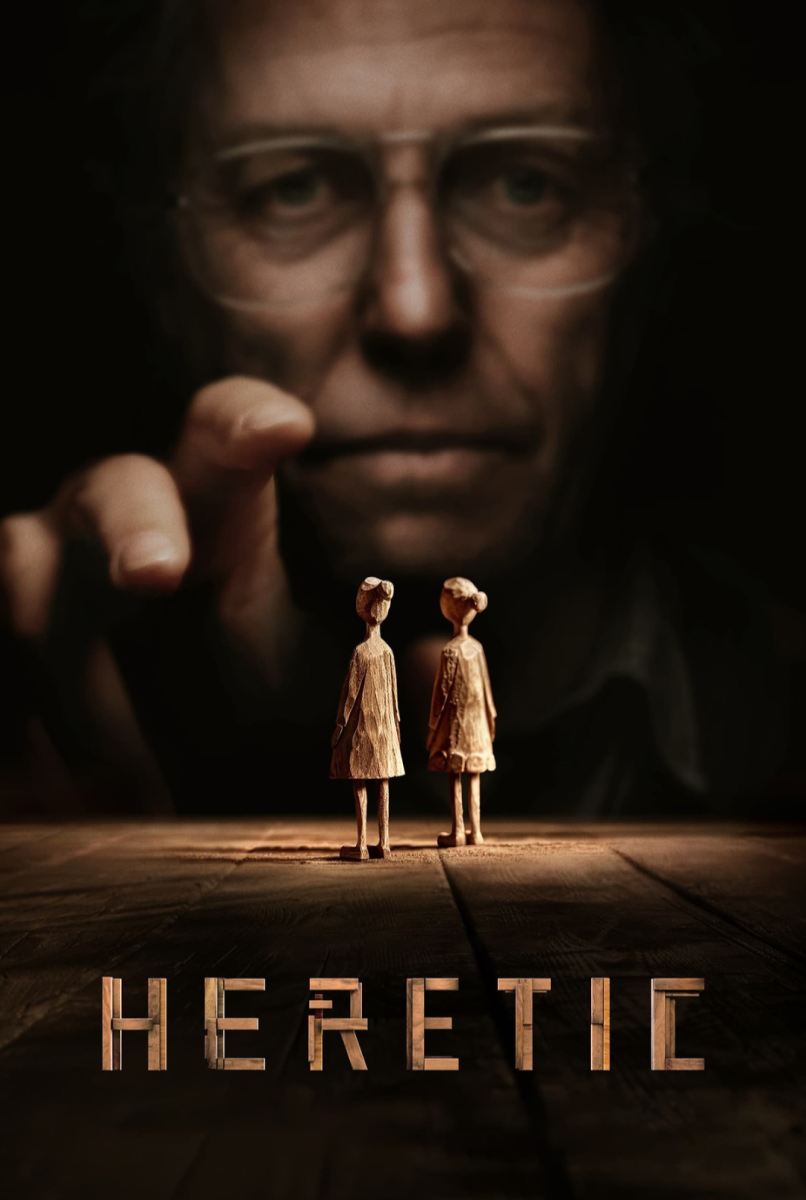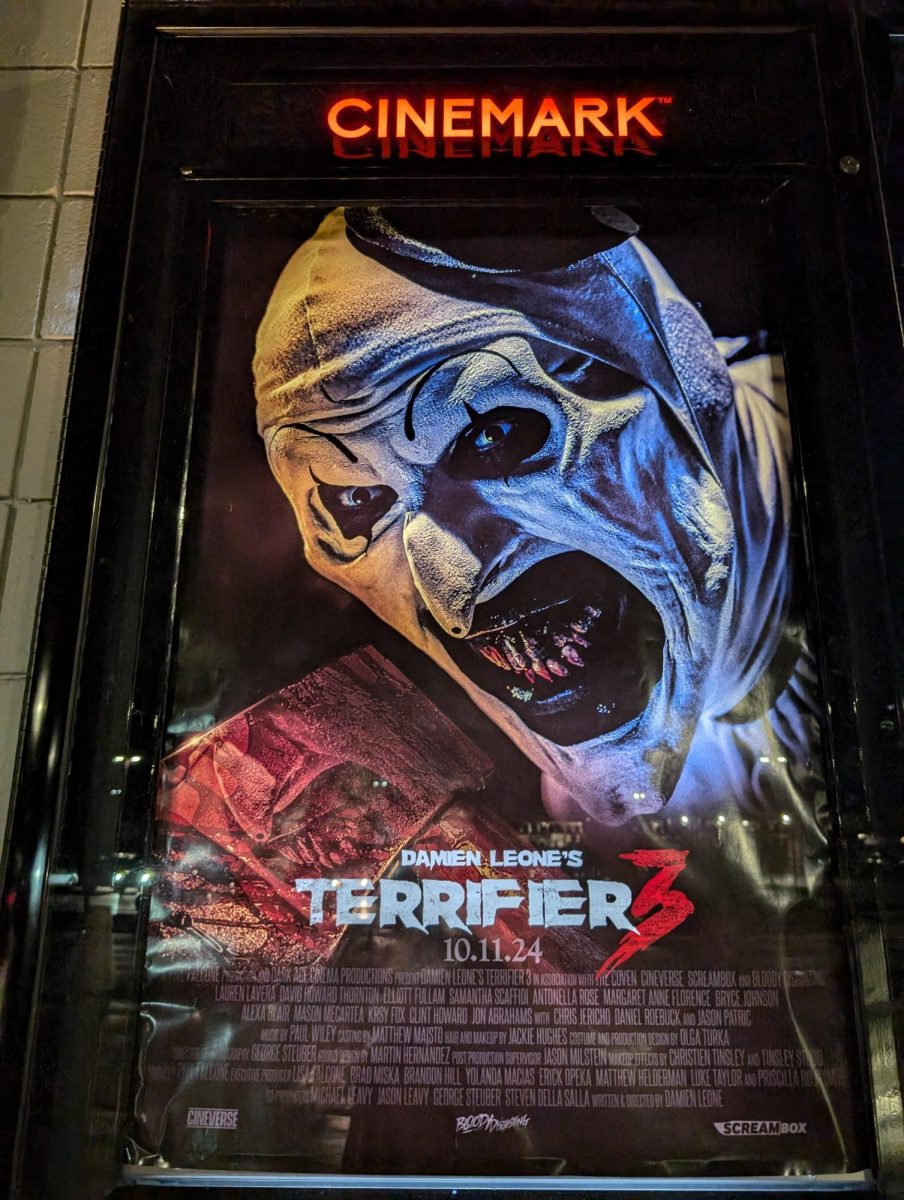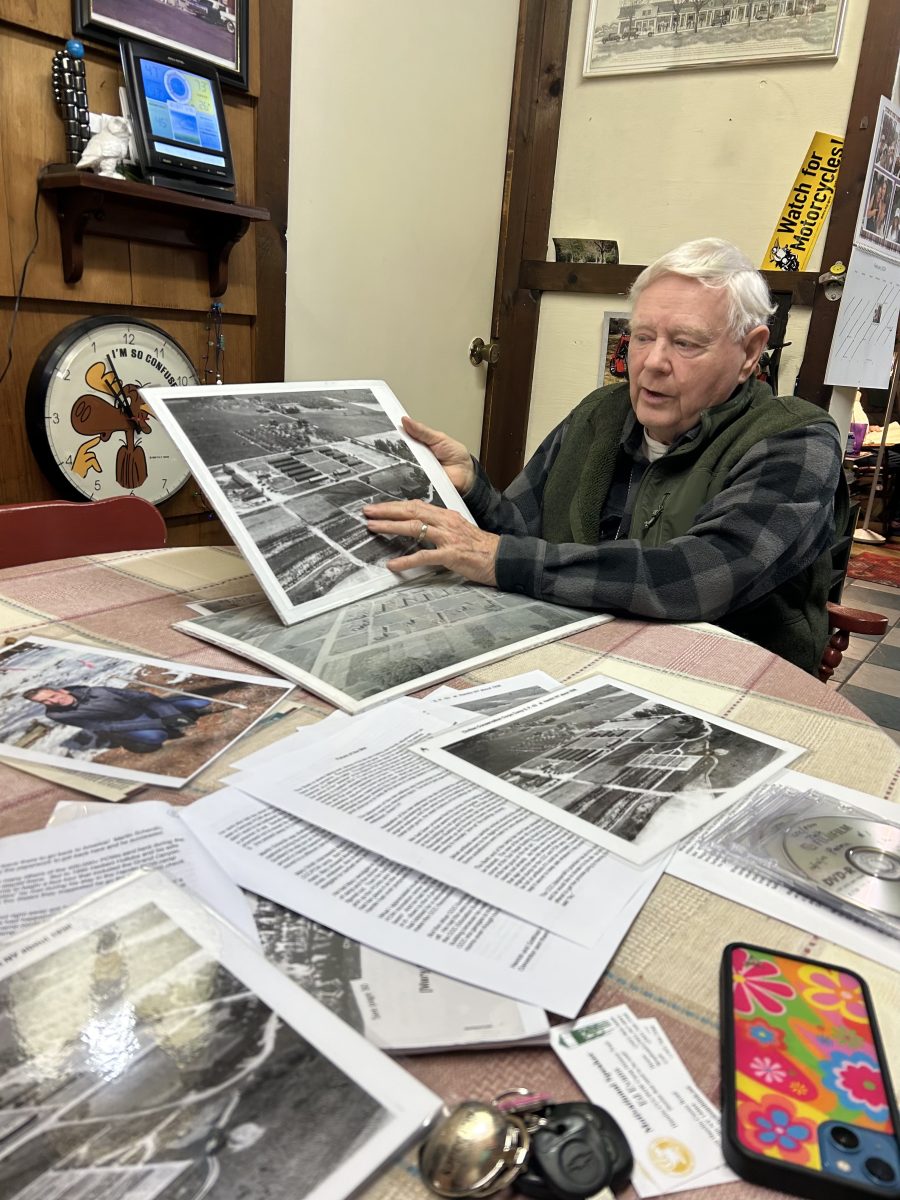By Jessica Karcz
BROCKPORT, N.Y. — Performances and in-person dance classes became a thing of the past with the abrupt lockdown last March due to the COVID-19 pandemic. The lockdown forced dancers to get creative within the four walls of their home, yet despite these challenges, the pandemic gave every professional dancer something they had needed, a well deserved break.
Ebony Vasquez, a recent SUNY Brockport graduate currently working with the Garth Fagan Dance Company in Rochester, had found the break in rehearsals gave her time to rest her body.
“My body needed the break, and my mind needed the break,” Vasquez said.
Although the pandemic halted in-person rehearsals, Vasquez found the benefits of being stuck in her home despite the circumstances.
“That changed the dynamic of how I dance, how I see myself dance and the space I have. At first it was very limiting because I am used to dancing in very open spaces and then once I found space I could move in my home, it got a bit easier,” Vasquez said.
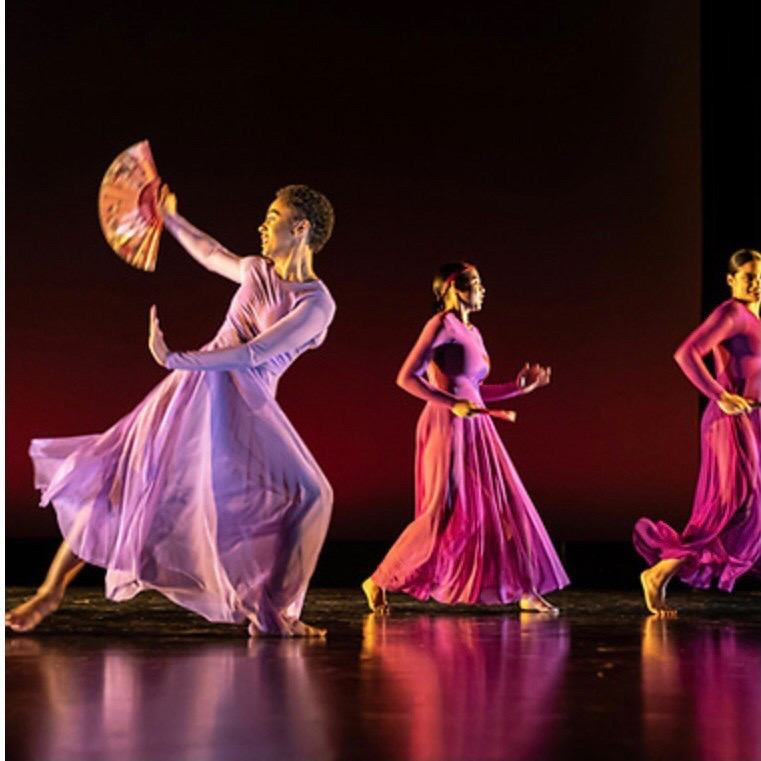
Vasquez found the limited space she had in her apartment had helped her explore new ways to move.
“The space I had defined what I could and couldn’t do. Also the fact I’m on the third floor and have neighbors, so I have to be conscious of that,” Vasquez said, “Those limitations actually helped me easily investigate because I have trouble when I have everything accessible.”
When returning to in-person rehearsals last month, Vasquez was surprised at how her body was able to adapt so quickly.
“I feel like it’s muscle memory, everything clicks back. My body didn’t feel weak, although I did feel sore of course, but not weak in the sense of I must keep up the stamina I had before,” Vasquez said, “It just felt refreshing to revisit something that was so common and familiar. It was such a long break, but I feel like mentally the break did me justice because now I am re-finding my body again.”
Zachary Frazee, Director of Frazee Feet Dance in Rochester and adjunct dance professor at William and Hobart Smith College took advantage of the time off to reevaluate the type of work they are creating.
“I did not feel any urge to do anything. I think it was this sense of defeat almost and I think it’s something that comes and goes too, especially now we’re starting to see things open,” Frazee said, “It was a really good time to take a step back and reflect and be like okay what do I actually want to be doing, what is the type of work I want to be creating?”
Frazee hopes the pandemic inspires creativity in artists who were stressed with the constant busy lifestyle of a dancer before the pandemic.
“Whenever you get a gig or accepted into a festival, there’s always a deadline where you only have a certain amount of time to create something and usually there’s some sort of concept it has to stay within, but with those options being more limited, now it’s a bit freer,” Frazee said. “It’s been very liberating to open my creative process in that way, and even though I feel it’s twice as much work now to produce and create work there’s more autonomy over the work you’re creating.”
Caitlin Mahon, Director of Mayhem Dance in Rochester and adjunct professor for Nazareth College has missed the connection with others, but appreciates how quickly dancers have been able to adapt.
“You know, in my lived experience, dancers, we like puppy pile on each other and we hug each other, so I’m missing that kind of connection and even contact improvisation in partnering, so that’s definitely a negative. But I think this more globalized view of being like, oh, I’m not the only one feeling this way. There’s someone in Turkey and someone in Russia who is having a very similar experience and I’m actually able to connect with them because we’re forced to get more tech savvy,” said Mahon, “Dancers in particular, and many people in performing arts are master improvisers and all of a sudden it’s like we have to get better with tech, we have to figure out how to live stream performances.”
Vasquez, Frazee and Mahon look towards the positive outcomes of the pandemic and how it will hopefully change the problems in the industry for good. Vasquez believes having more opportunities for virtual classes will make everything more accessible for everyone.
“I think what’s going to come out of this is giving a lot of access to people who can’t be present. I’m thinking Summer intensives that are usually based in certain states, but now you can do a virtual component, in addition to the people who are already involved. Now you can reach out to way more people during a performance season and shorten it…I think what’s really going to progress is the telecommunications aspect in recording dance for film, site specific dance where you can virtually stream it from anywhere,” said Vasquez.
Similar to Vasquez, Frazee believes the pandemic will change how people use their creative platform.
“I’m hopeful the industry will change in how its artists are treated, but also that us within that community uses this opportunity to expand beyond our horizons in how we create work, how we present work, and the messages we bring through our work in a way that can positively impact other communities besides our own,” said Frazee.
Although Mahon has learned more about her own artistry throughout the pandemic, she is hopeful performance halls will begin to open up.
“I think there’s something so tangible and visceral and ephemeral about live performance, and I do not know when we’re going to get back to that capacity. I hope it happens within the next couple of years. But I don’t know. I’m hopeful they’ll be a virtual live stream part and people will be back in the seats, but we shall see,” said Mayhem.
Throughout the pandemic, dancers have been challenged to step out of their comfort zone and reflect on why they really choose to dance.

